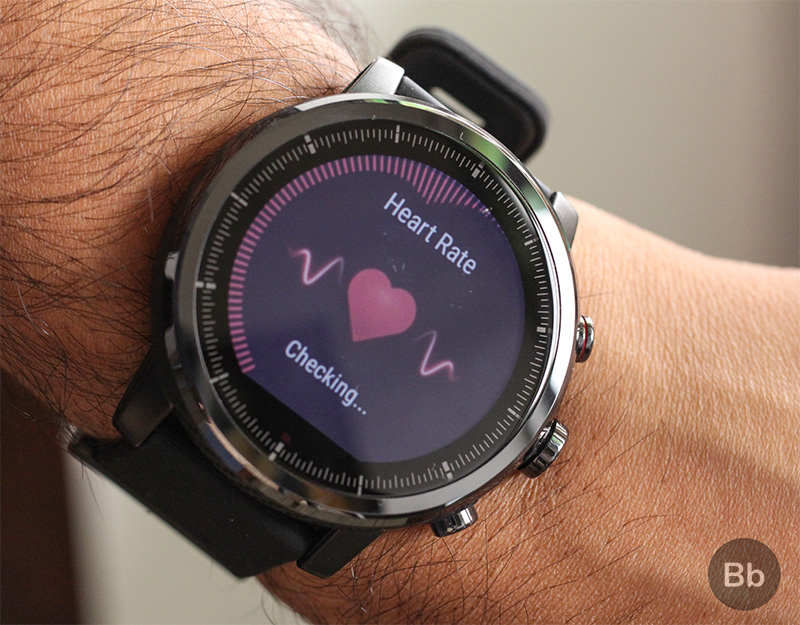Microsoft-Apollo AI Model to Predict Heart Disease Risk for Indians


In a novel effort to predict the chance of cardiovascular affliction (CVD) among the Indian population, Microsoft India and Apollo Hospitals on Friday launched the outset-e'er Bogus Intelligence (AI)-powered heart illness risk score API (application programme interface).
Part of Microsoft's "AI Network for Healthcare" initiative, information technology volition assist doctors across the Apollo network of hospitals leverage the AI-powered API to predict risk of CVD and drive preventive cardiac care across the country.
Nearly three million heart attacks happen in India every year and 30 million Indians endure from coronary diseases. However, even with various heart disease chance models bachelor worldwide, doctors and cardiologists are unable to identify the probability of CVD in Indians.

"The AI-based models bachelor worldwide were formed decades ago and are based on the western population. Our new API score is based on the data of 4,000 Indians shared by Apollo Hospitals and can hands place the level of risk each patient has," Anil Bhansali, Managing Managing director, Microsoft India (R&D) said.
"We come in as a technology partner or expert in the AI domain, where nosotros collaborate with healthcare providers and doctors to integrate data to help build the AI model," Bhansali added.
Built on Microsoft'south Deject computing platform Azure, the new AI-based heart take chances score helps gauge a patient's take a chance for heart disease and provides rich insights to doctors on treatment plans and early on diagnosis.
The API score considers 21 take a chance factors including lifestyle attributes such every bit diet, tobacco and smoking preferences and physical activity as well equally psychological stress and anxiety as reflected via rate of respiration, hypertension and systolic and diastolic blood pressure.
"The score categorises gamble into loftier, moderate and minimal and also provides insights on the superlative modifiable chance contributors, thereby assisting physicians to consult patients in a more than holistic mode, while providing insights to patients for lifestyle modification and timely interventions," Bhansali elaborated.
When a patient goes for a cardio health cheque, the doctor can build upwards a more accurate cardiovascular health contour of the patient based on Car Learning (ML) of all their previous patient information.
AI can, in turn, predict future coronary ailments the patient might experience in the next 10 to 20 years based on these multiple factors.
"This centre risk score for Indian populace is a true example of how precision healthcare can advance prevention of cardiovascular illness and reduce disease burden," Bhansali noted.
According to Sangita Reddy, Joint Manager, Apollo Hospitals, the partnership is aimed at designing new tools and equip doctors in the fight against non-infectious disease.
"The affiliation of AI and ML with the global expertise of our doctors will help prevent heart affliction, salvage lives and ensure those with heart affliction tin can make informed choices on their health," Reddy said in a statement.
Likewise Apollo, Microsoft is likewise planning to extend the AI model to other healthcare providers.
"While we are currently working with Apollo, nosotros are also in the procedure of identifying partners where we tin can actually try this API score," Bhansali said.
"In the last couple of years we have been working on how Cloud technology, particularly AI, tin can aid in reducing the overall disease burden. Our first step towards this, every bit part of the healthcare partnership, is developing the cardiac risk score for Indian population," Bhansali added.
Source: https://beebom.com/microsoft-apollo-ai-model-to-predict-heart-disease-risk-for-indians/
Posted by: ratcliffwhince.blogspot.com


0 Response to "Microsoft-Apollo AI Model to Predict Heart Disease Risk for Indians"
Post a Comment